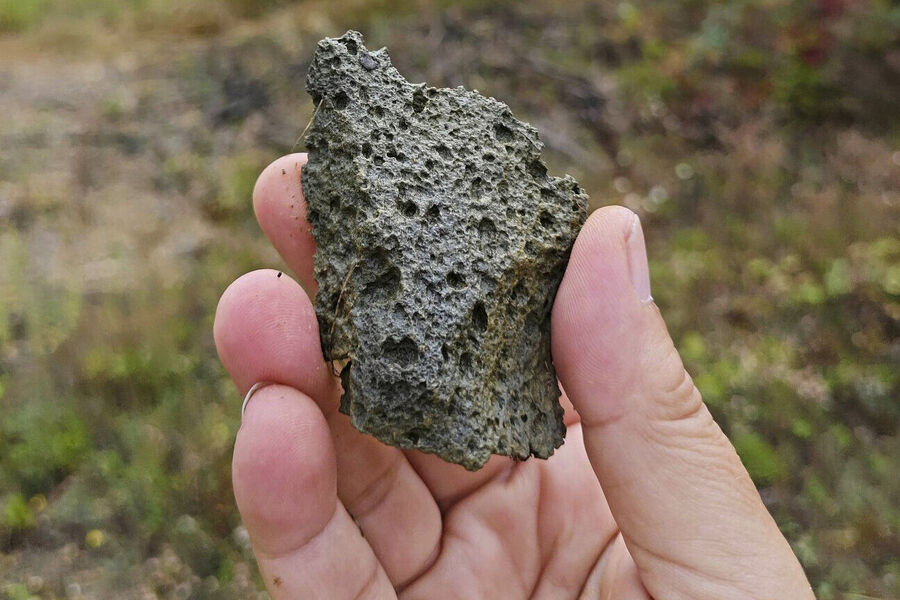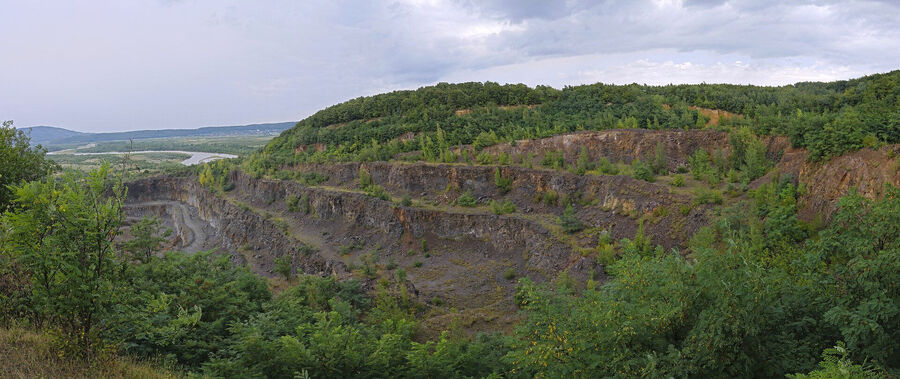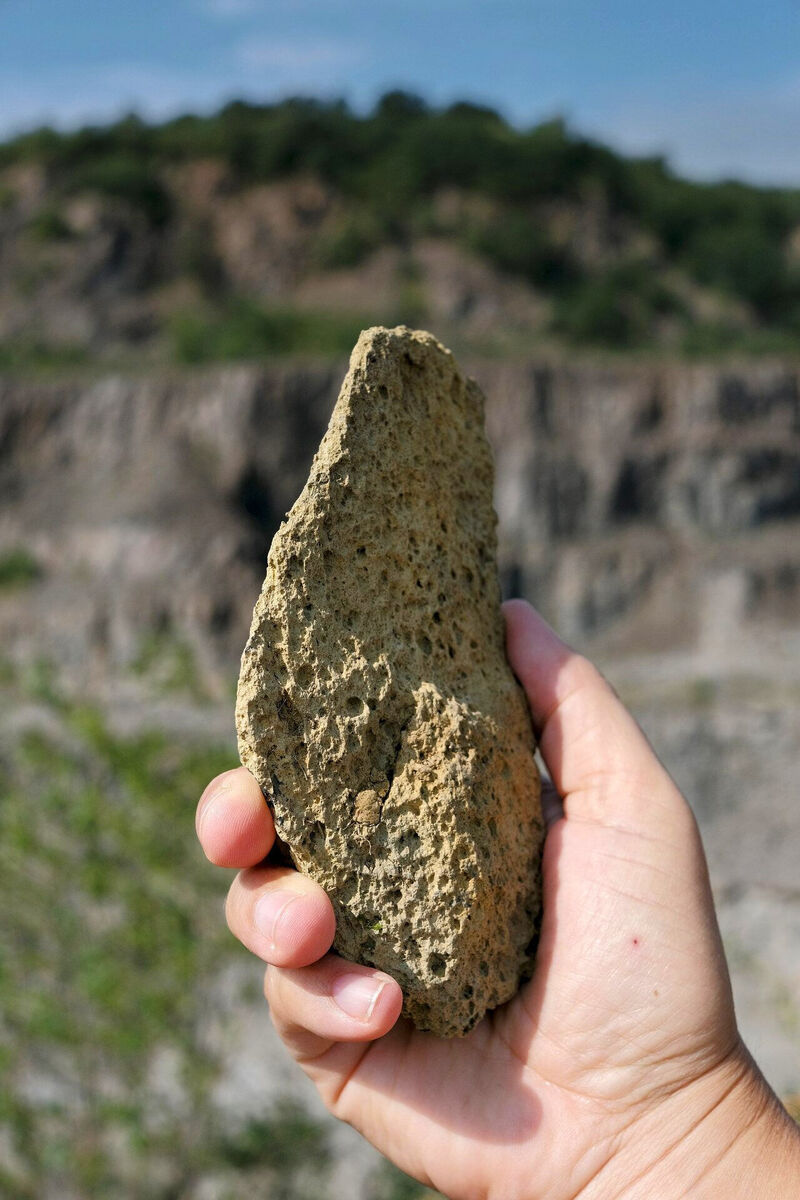
The chipped stones, deliberately fashioned from volcanic rock, were excavated from a quarry in Korolevo in the 1970s. Archaeologists used new methods to date the layers of sedimentary rock surrounding the tools to more than 1 million years old.
"This is the earliest evidence of any type of human in Europe that is dated," said Mads Faurschou Knudsen, a geophysicist at Aarhus University in Denmark and co-author of the new study.

"We don't have fossil remains, so we can't be sure," said Roman Garba, an archaeologist at the Czech Academy of Sciences and co-author.
The chipped stone tools were likely used for cutting meat and perhaps scraping animal hides, he said.

The very earliest stone tools of this type were found in eastern Africa and date back to 2.8 million years ago, said Rick Potts, who directs the Smithsonian Institution's Human Origins Program.
The Ukraine site is significant because "it's the earliest site that far north," suggesting that the early humans who dispersed from Africa with these tools were able to survive in diverse environments.
Comment: And as evidence through numerous other studies, the conditions may have been quite different to that which we associate with the area in our time: Of Flash Frozen Mammoths and Cosmic Catastrophes
"The oldest humans with this old stone tool technology were able to colonize everywhere from warm Iberia (Spain) to Ukraine, where it's at least seasonally very cold — that's an amazing level of adaptability," said Potts.
More information: R. Garba et al, East-to-west human dispersal into Europe 1.4 million years ago, Nature (2024). DOI: 10.1038/s41586-024-07151-3
Journal information: Nature



I personally believe that the planet has seen a number of civilisations going back millions of years. The only evidence left after that time will be stone as wood and metal won't last that long laying about on the surface. The Egyptians were supposed to have built the pyramids for a burial but they forgot to adorn the burial site with paintings and carvings as done everywhere else a pharaoh was buried. The stone receptacle for the body in the kings chamber is far to small for any pharaoh who ever lived.
The only evidence that the pyramids were built by the Egyptians we are told is because of a piece of graffiti in a void above the kings chamber. Really? give me a break.